LOCATION: A versatile tree, they are found throughout New Zealand in a diverse range of habitats. In the Park, they can be seen growing out of cracks in limestone cliffs and in the wetland.
There are two younger kōwhai groves in Te Kahika near the kid’s bike track. All the older kōwhai trees in Te Mata Park are Sophora tetraptera.
CULTURE: The flowering of this tree signalled the end of winter for Māori. To receive a kōwhai tree as a gift is considered a great honour. When you give a kōwhai tree as a gift to someone, you are showing you trust their abilities and judgement.
RONGOĀ: The inner bark was scraped from the tree, soaked in boiling water and used to bathe bruises and sooth internal blood clots. The bark was also boiled and the water drunk as a remedy for colds and sore throats.
BIRDS AND BUGS: Kōwhai trees are an important seasonal food sources for native birds such as the tūī, bellbird, kākā and New Zealand pigeon/kererū. These manu (birds) benefit from feasting on the leaves and flowers of the kōwhai tree.
Kōwhai are prone to borer, and the the holes made by them are habitat for small invertebrates such as cave weta.
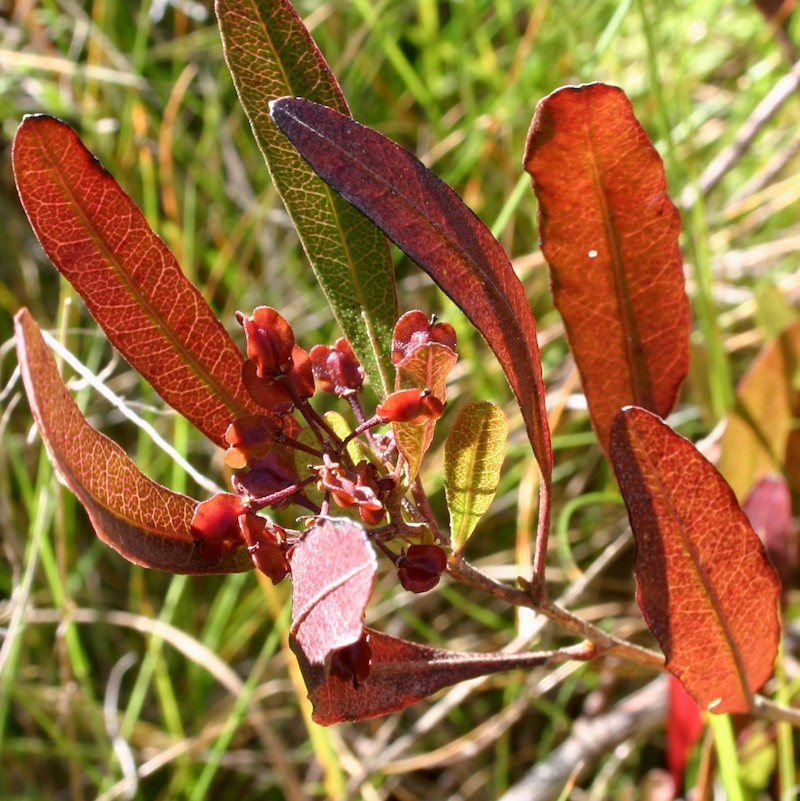 Mike Lusk
Mike Lusk Five times winner of the prestigious international green space award.
Five times winner of the prestigious international green space award.
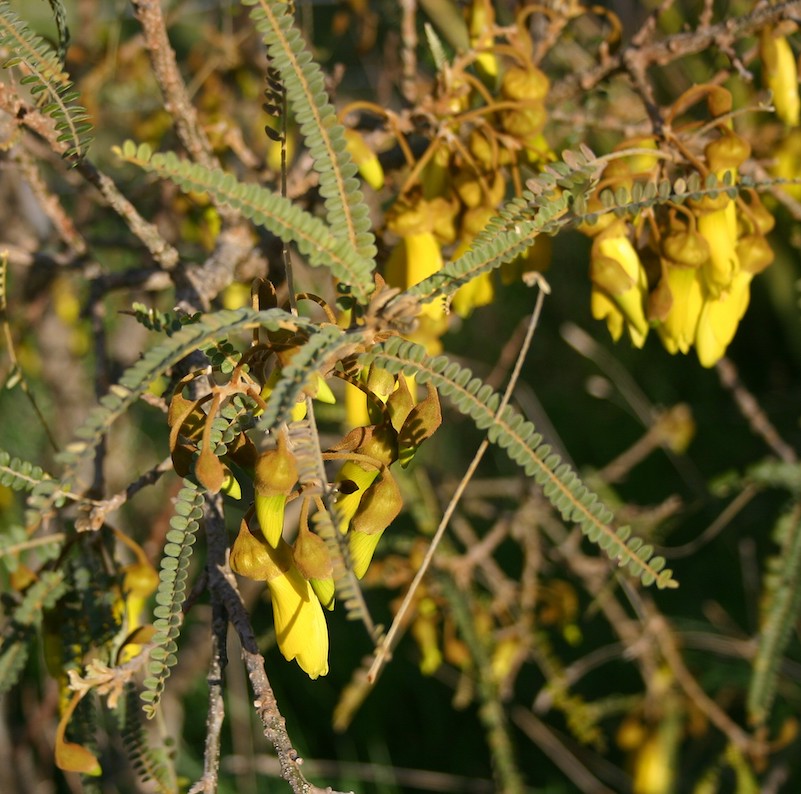
 Source: Mike Lusk
Source: Mike Lusk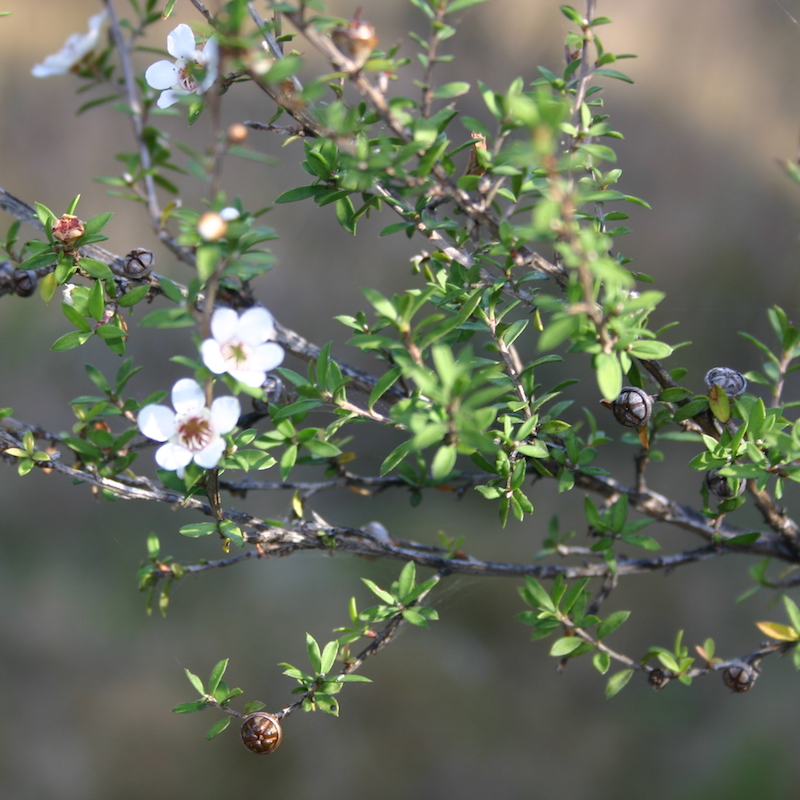 Source Mike Lusk
Source Mike Lusk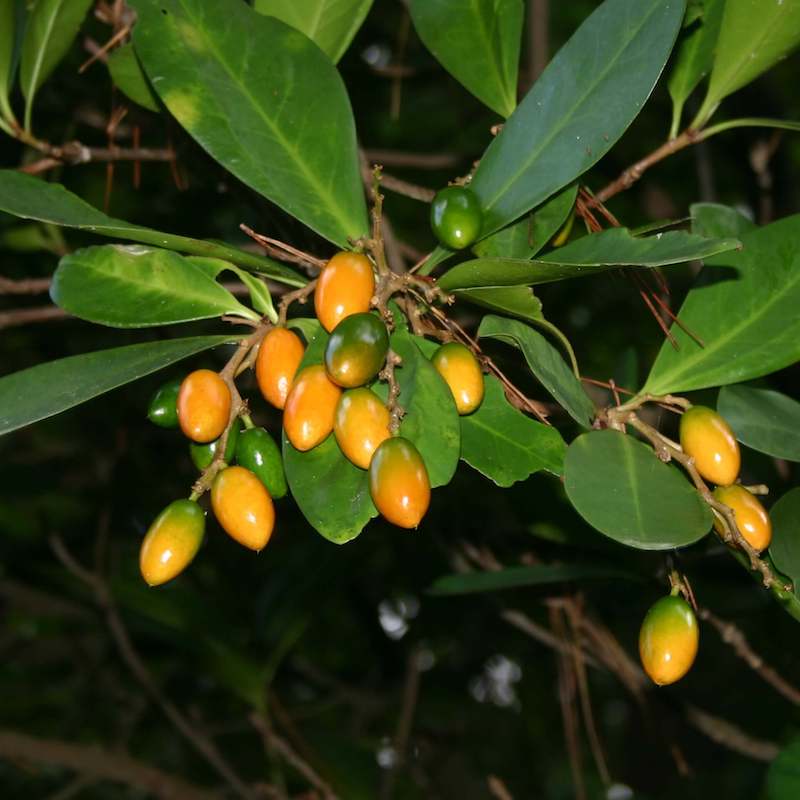 Source: Mike Lusk
Source: Mike Lusk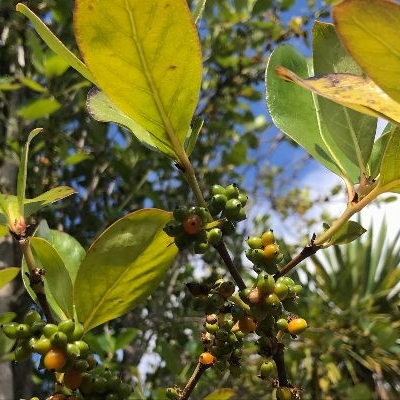
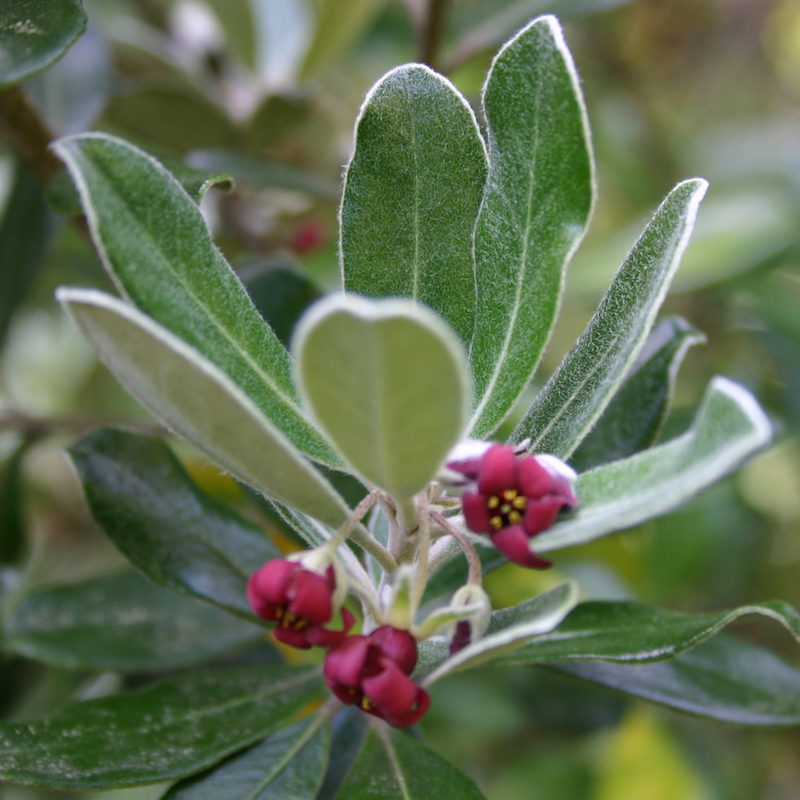 Mike Lusk
Mike Lusk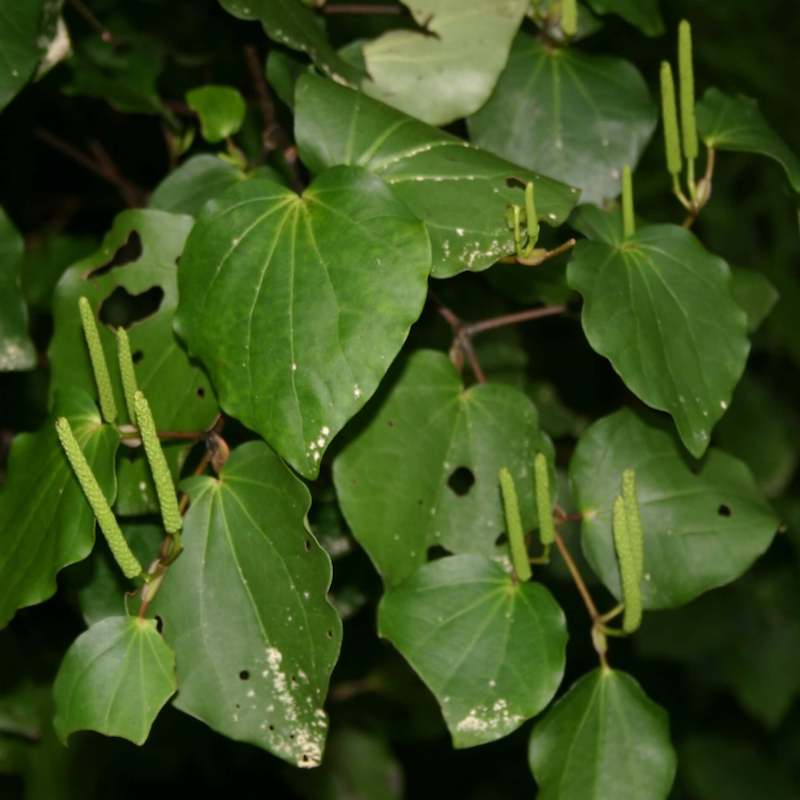 Source: Mike Lusk
Source: Mike Lusk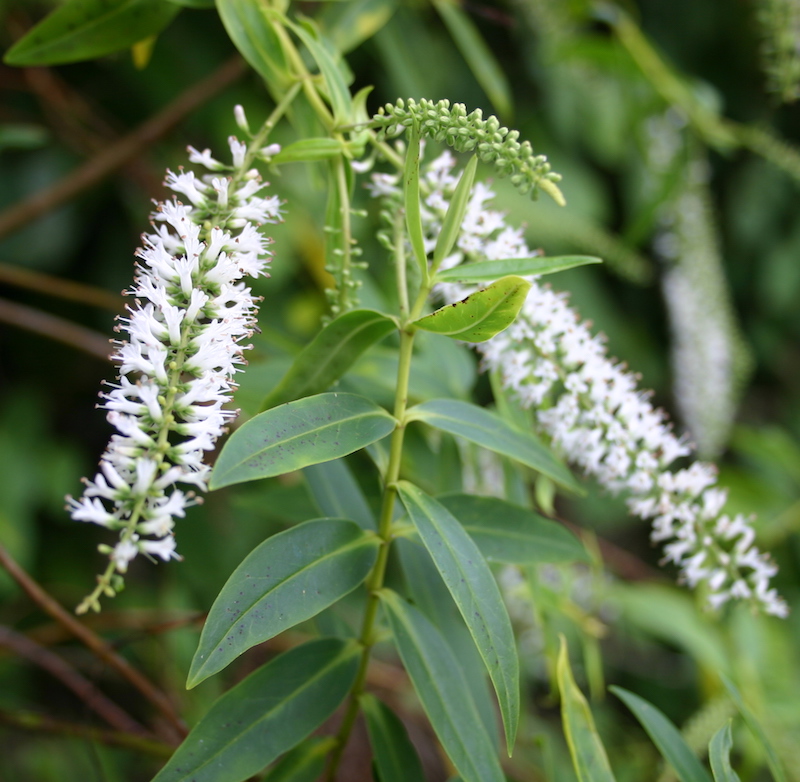 Source: Mike Lusk
Source: Mike Lusk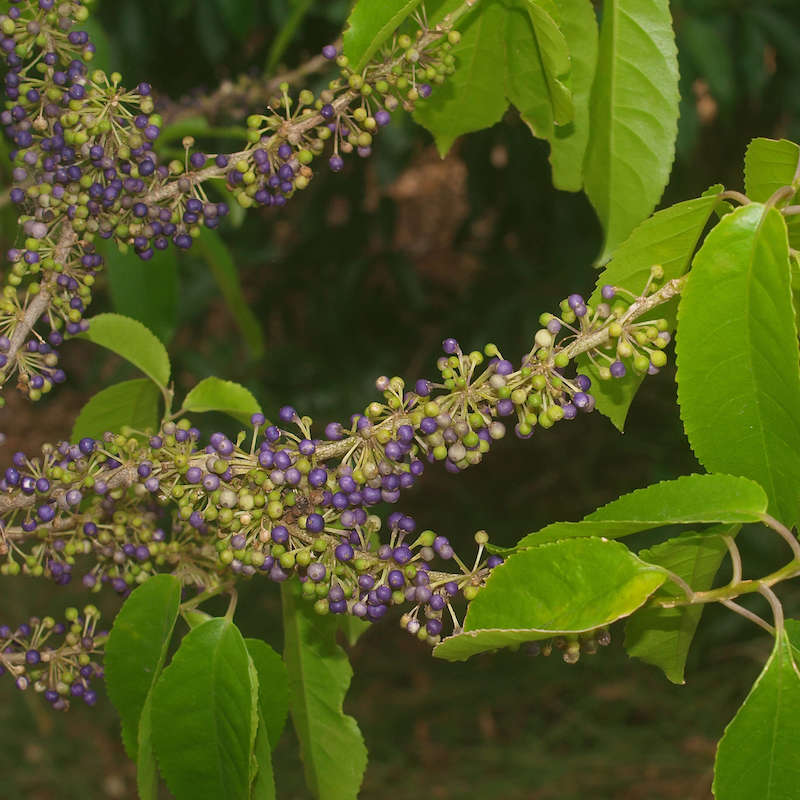 Source: Mike Lusk
Source: Mike Lusk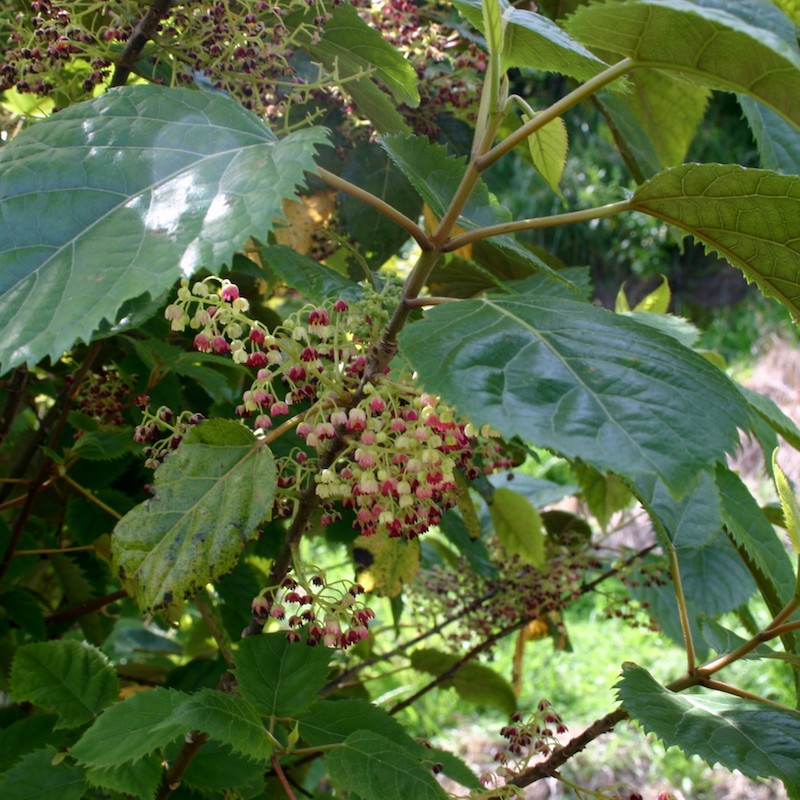 Mike Lusk
Mike Lusk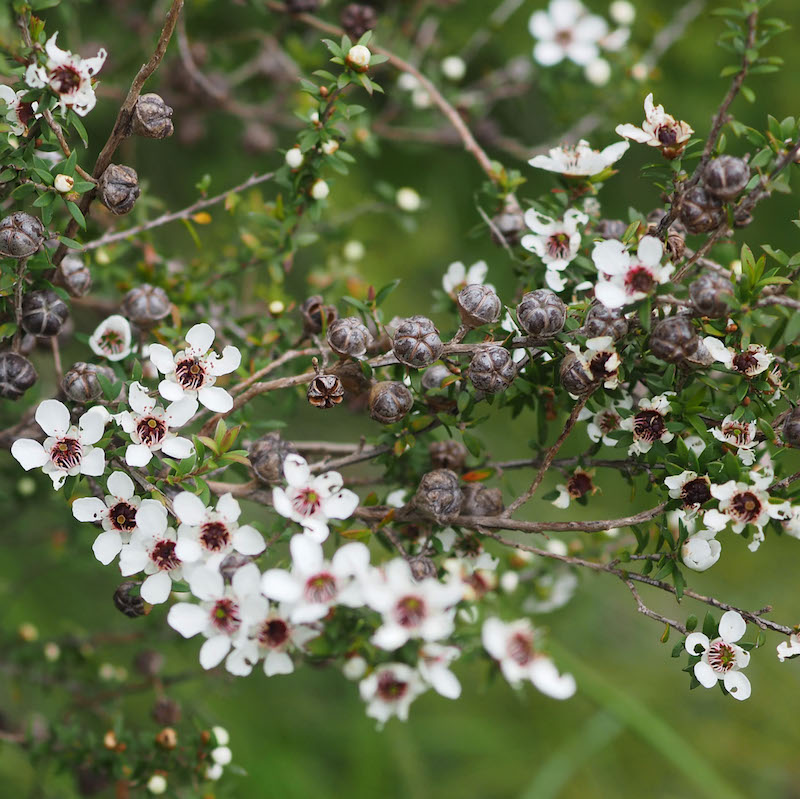 Source Mike Lusk
Source Mike Lusk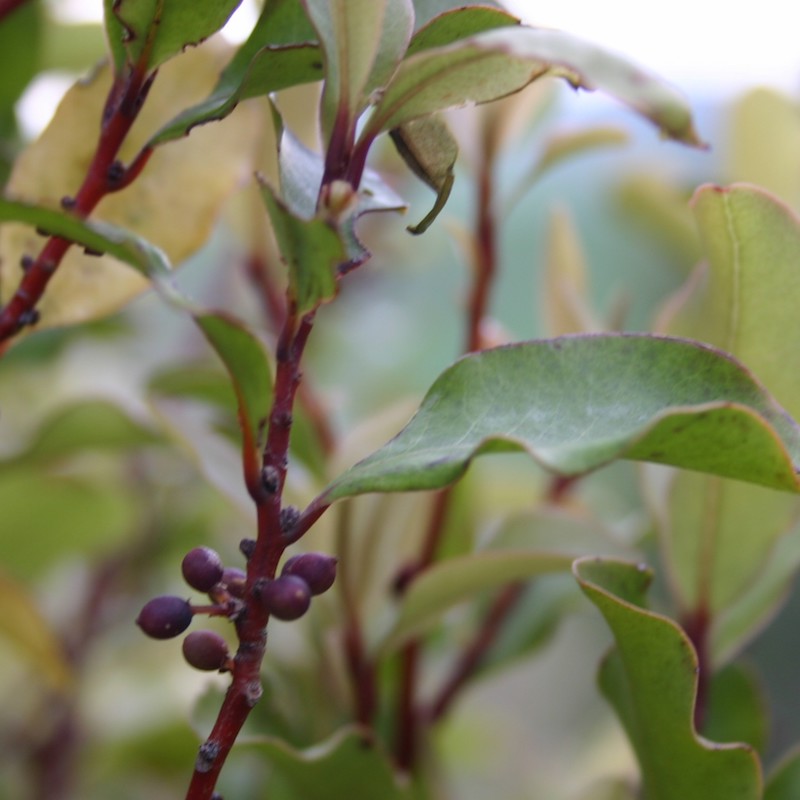
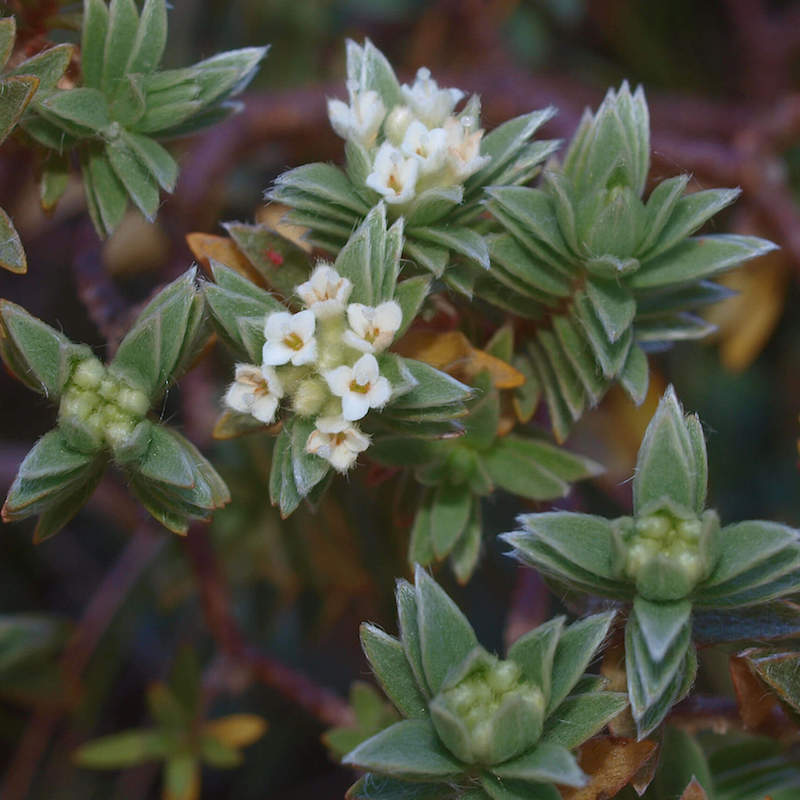 Source: Mike Lusk
Source: Mike Lusk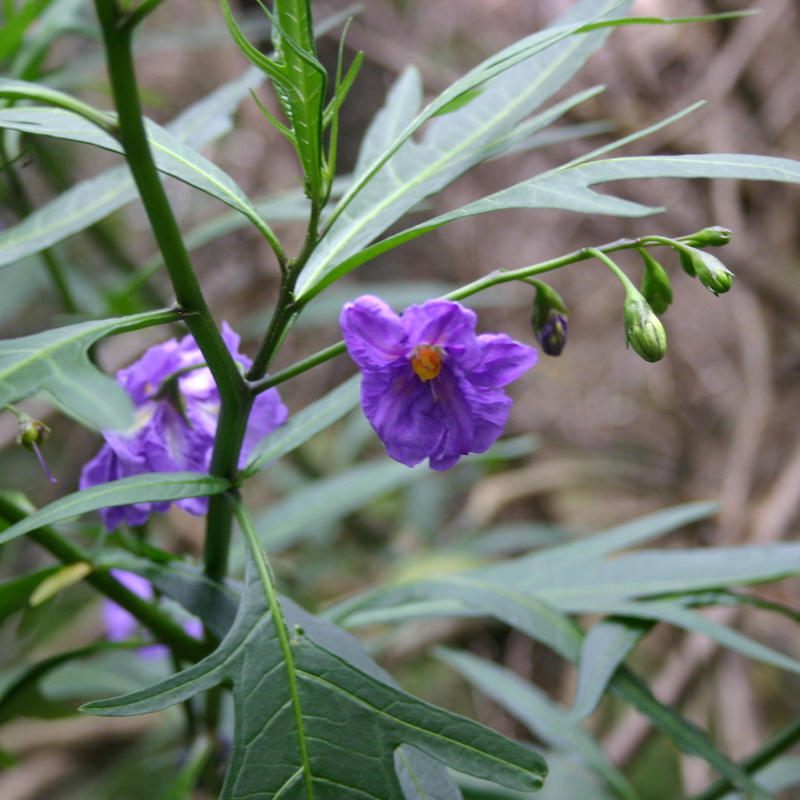
 Source: Mike Lusk
Source: Mike Lusk
 Source: Mike Lusk
Source: Mike Lusk Source: Mike Lusk
Source: Mike Lusk